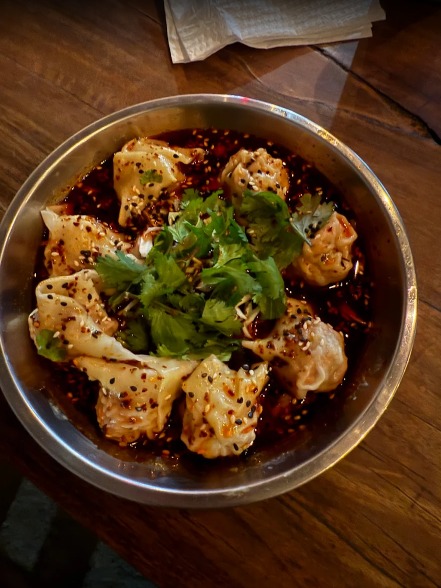The art of baking follows various methods and trends. Vegan, gluten-free, trans fat-free, cholesterol-free and preservative-free foods are some of the options people consider while purchasing or making baked goods. Gluten is a general name for the proteins found in wheat (wheat berries, durum, semolina (rawa), spelt, farina,) rye, barley and triticale - a cross between wheat and rye. Gluten helps food maintain its shape, acting as a glue that holds the food together. Gluten causes inflammation in the small intestines of people with celiac disease. A gluten-free diet is required to treat celiac disease as it helps to control signs and symptoms and prevents complications from celiac disease.
Also Read: (Gluten Free Chocolate Cake Recipe)

A gluten-free diet is required to treat celiac disease
Gluten-free baking can be tricky. One can refer to a recipe book or follow the steps below:
- Wash your hands, work surfaces and equipments thoroughly before you begin, and avoid contaminating gluten-free items with ingredients containing gluten if your kitchen isn't gluten-free.
- To begin with, hunt for recipes that are high in moisture, such as items made with sour cream. Breads and cakes that are moist are good choices to try to make gluten-free.
- Sugar holds moisture as well, so trying a low-sugar recipe might not be the best idea. Natural sweeteners such as honey, maple syrup, or sweet ingredients like banana can be utilised instead.
- Other gluten-free flour options include amaranth flour, arrowroot, brown and white rice flour, buckwheat flour, corn meal, chick pea or garbanzo bean flour, potato starch, sorghum flour, jowar, bajra, ragi, soya, oats, tapioca flour or starch. Keep in mind that many of these flours are not ideal to use on their own. Mixing variations of gluten-free flours together results in a better-tasting product.
- Do include seed and nut flours such as ground almond, cashew, peanut and flaxseed.
- Use a blended gluten-free flour mix as a substitute in place of all-purpose regular flour at a ratio of 1:1.
- Make your own flour mix by using 3 parts white or brown rice flour, 2 parts potato/tapioca starch 1 one part starch.
- For breads/ pizza dough, add approximately 1 teaspoon of xanthan gum for 1 cup of gluten-free flour mix. For cakes and cookies, add half tsp. of xanthan for 1 cup of the gluten-free flour mix.
- Try using psyllium husk (Isabgol) if you are intolerant to xanthan or guar gum.
- When baking with gluten-free flours, try beating the batter for longer as this will add structure to the dough. It may be necessary to rest the dough for 30 minutes before baking.
- Gluten-free items need more leavening, so use more baking powder and baking soda. But be sure to use a gluten-free baking powder.
- Increase vanilla and other spices for the best, fullest flavour in your gluten-free baked goods.
- Gluten-free baked goods tend to crumble easily. Hence, a smaller portion size would make them easier to handle and help improve their appearance as well. You can go for mini cookies, muffins, and small loaves of bread.
- Beating the batter for a little extra time and resting the dough might help in improving the structure of the finished product.

Also Read: (Savory Corn Tarts Recipe)
Gluten-free baking is a boon for many people who are gluten-intolerant. With a bit of care, patience and some experimentation, people can continue to enjoy baked goodies rather than making it an occasional treat!










